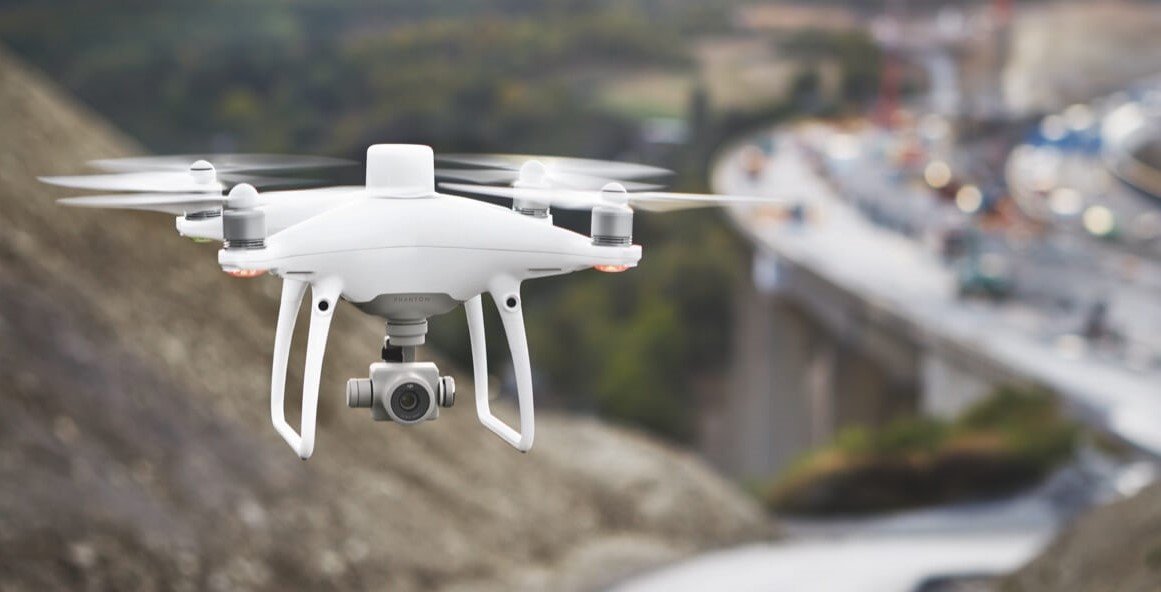
Surveying with drones has become an indispensable practice across industries like mapping, construction, and agriculture. In 2025, the demand for accuracy and speed will only grow—requiring professionals to adopt cutting-edge solutions. Today’s aerial surveying drones are more than flying cameras; they’re equipped with AI-powered analytics, high-definition displays, and advanced imaging capabilities that transform how data is collected and analyzed. As technology evolves, surveyors need to stay updated with the latest drone land surveying tools to maintain precision and efficiency. From topographic survey drones to terrain mapping systems, these are the six essential tools every drone surveyor should have in 2025.
1. RTK-Enabled Drone with Swappable Payloads
The survey is all about accuracy. In 2025, RTK (Real-Time Kinematic) drones will be the new standard. These drones provide live correction signals, enabling centimeter-level precision in the sky. However, not every RTK drone can be equal. Seek out models that can be swapped regarding payload. In this way, you will be able to change between using RGB cameras and LiDAR or multispectral sensors accordingly. Flexibility is time- and cost-effective.
The best RTK drone can also eliminate extensive ground control in most situations. It also cuts down on post-processing, hence making delivery to customers faster. The current brands include smart batteries, obstacle avoidance, and compatibility with field apps. Get a drone designed to be precise and field-worthy.
2. GNSS Base station and Rover kit
You will also require a good GNSS stand, even though your drone has RTK or PPK (Post-Processed Kinematic). Such systems assist in gathering proper GPS coordinates and verification of ground control point location data. There is also a rover unit that allows for on-the-spot data logging and verification.
In 2025, newer base stations will provide Bluetooth device synchronisation and cloud backups. They can also connect with mobile applications and transfer coordinates in real time. A good GNSS system is also mandatory for mapping accuracy and back-checking.
3. Portable Ground Control Point (GCP) Kits
Although not all projects might need GCPs, they remain essential when precision is a high priority. GCPs will keep your data straight and reliable despite the interference of your satellite or difficult topography. GCP kits now contain facile-carry cases, easy-carry tripods, flexible markers of high contrast, and quick-set tripods.
Some models also have smart QR codes or NFC chips that sync with your tablet. This assists in automating the recording process and lessens setup errors. Transportable GCP collection is one of the most worthwhile elements of survey gear with drones in 2025.
4. Flight Planning Software and Surveying
Everything is connected by software. By 2025, the powerful apps in flight planning and processing will be more prevalent than ever. Seek cloud-based engines that automatically generate flight tracks, follow terrain, and monitor in real time. Such programs also come with photogrammetry tools to convert images to detailed 2D and 3D maps.
Error detection, measurement, and volume calculations are now backed by best-in-class AI technology. They are also smoothly incorporated into GIS systems and CAD software. In the office or the field, the software manages, processes, and presents your data professionally.
5. Cantankerous Tablet or Field Laptop
Drone surveyors have to work many hours in all weather conditions. It is good to have a long-lasting tablet or laptop. This equipment is expected to resist rain, dust, heat, and drops. By 2025, the majority of field tablets are expected to support a glove-ready touchscreen, bright displays, and hot-swappable batteries.
Ensure that your gadget is compatible with your drone’s software. It is expected to process big files and synchronize with RTK or GNSS equipment. GPS receivers, SD card slots, plenty of ports, and rugged tablets already have these features, which are ideal when transferring data and require live tracking.
6. Backup Power and Charging Solutions
The batteries of drones are not everlasting, at least when they are used in longer missions. Others are equipped with numerous drone and tablet outputs, including GNSS equipment.
Many field kits also include USB-C hubs, fast chargers, and a battery management system. Do not ruin your day because of a dead battery. By 2025, energy planning will be equal to flight planning.
Why the Right Gear Matters
Drone flying is not the only approach to accurate drone surveys. Every piece of equipment is very important in data capture and verification. When a single tool breaks and is weak, the entire project may become damaged. Advanced and high-quality equipment may guarantee safe flights, easier operations, and more successful outcomes.
By 2025, practitioners will have to reconcile changing project requirements with more intelligent tools. Drone survey equipment is getting better by the day in terms of speed, accuracy, and efficiency, both in hardware and software. The right tools help to make the job easier, whether it is a huge construction project or a tiny land parcel.
Final Thoughts
The science of drone surveying has passed its reflection stage and has become an essential service in various sectors. Projects are becoming larger and more complex, and the best tools are crucial. RTK drones, GCP kits, GNSS systems, and powerful software are used harmoniously to produce high-value output.
The expectations of clients and regulators will keep increasing as the industry continues to expand. Your toolkit now should be upgraded in anticipation of the future and considered as a result of high quality.

